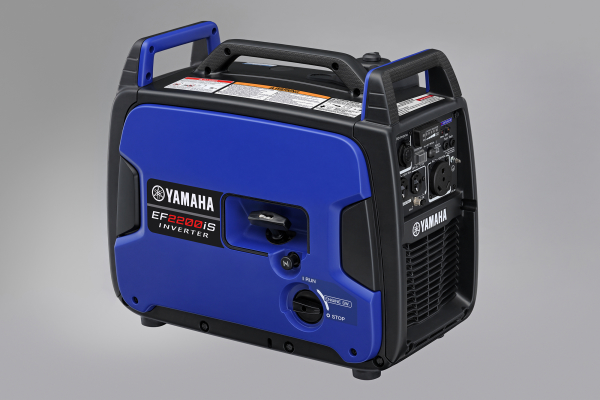Handloading Ammo to Beat the Supply Dilemma
By Glen Wunderlich
The ongoing ammunition shortage has many shooters rethinking their supply strategies. Much like finding a generator in the aftermath of a hurricane, finding ammo or handloading components in today’s marketplace continues to be sporadic and expensive at best. People are settling on whatever they can get their hands on. Forward-thinking handloaders on the other hand are weathering the storm much better, because of the inherent nature of loading their own.
A recent poll from www.ShooterSurvey.com indicates that the art of handloading may be on the rise. Although cartridge component availability remains scarce today, many do-it-yourselfers have been able to dodge supply issues with components from their shelves.
For example, powder is purchased in one-pound (or greater) containers – enough to load some 700 rounds of .40 caliber handgun cartridges. Loading less than that means leftover powder. Primers purchased in 1000 count lots, work the same way. Handloaders always save spent brass and typically have some on hand, as well. Bullets are purchased in lots of 50, 100, or more and wise handloaders keep their favorites in stock to varying degrees
Justification to handload ammo may be based on factors such as cost savings, better accuracy, or the ability to produce cartridges not found elsewhere – all good reasons to be sure. But, let’s take a closer look into the savings rationale.
Saving money is at the top of the priority list for many handloaders. But in reality, several factors could actually turn the effort more costly. Considering the cost of start-up equipment, which runs into the hundreds of dollars, it takes a lot of in-house manufacturing to break even. Obviously, more loading equals quicker payback, which brings another factor into the cost equation.
If one compares his per-box homebrewed ammo component cost to that of factory ammo, he looks like a genius. But, in the real world, the DIY guy ends up shooting much more, because of availability and cost, so he really doesn’t save money. He may be having lots of fun and improving his skill set, but the overall budgetary impact may be a wash. Not that there’s anything wrong with shooting more and enjoying it more, but it is what it is. Just think of loading your own as a sound investment that pays dividends indefinitely.
When it comes to accuracy, however, handloaders can gain an edge over store-bought rifle fodder by producing cartridges tailored to specific firearms. To do so requires some specialty tools, but the payoff can mean unparalleled precision.
Experimenting with different powder charges, bullets, and primers, and subsequently range testing, can be rewarding. But in four decades of experimentation, I’ve found nothing more consequential in handloading for accuracy than proper bullet seating. Consider that factory ammo must fit all firearms; custom loads can be made to fit your specific firearm by seating bullets to within mere thousands of an inch from bore engagement. Thus, dreaded bullet jump can be minimized, or even eliminated, and only custom ammo can afford this accuracy advantage.
Start-up loading kits will include everything for a beginner, but a few relatively inexpensive tools are needed for precise bullet seating: an overall case length gauge, modified cases and a bullet comparator set. These specialty tools will allow the loading enthusiast to measure the chamber of a given firearm in conjunction with the actual bullet selected. From this maximum length, handloaders may back off the cartridge length 10,000ths of an inch (more or less) and begin range testing until satisfied with results.
So, if you’ve considered “rolling your own”, understand there’s more to it than meets the eye. Achieving a greater level of satisfaction with your own “inventions”, however, can make the plunge downright satisfying.



